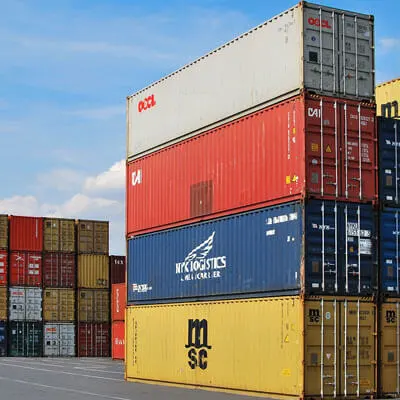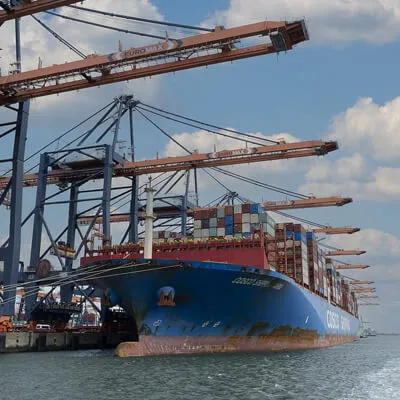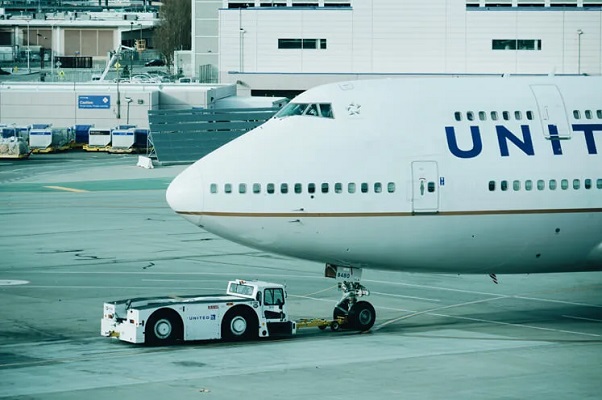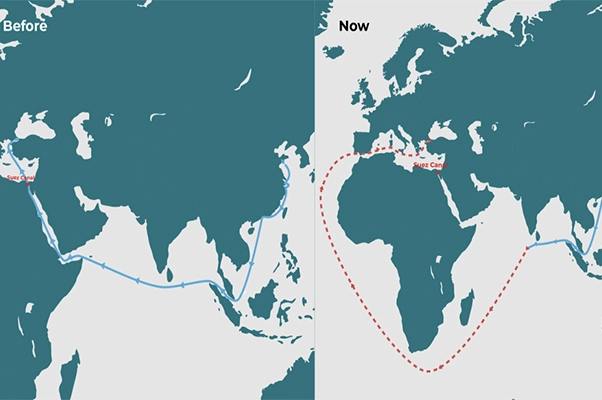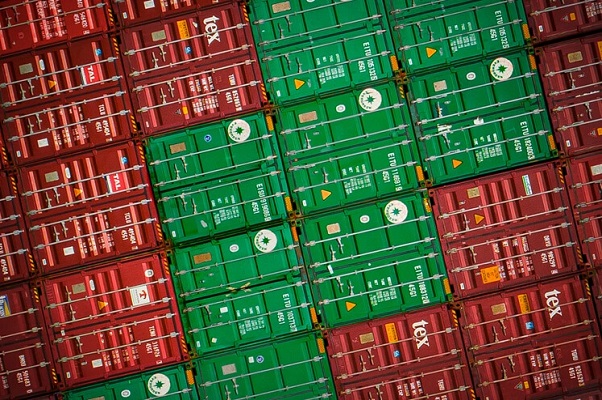+
The Significance of Trade Between China and the USA
The trade relationship between China and the United States plays a pivotal role in driving economic growth and innovation worldwide. Digital marketplaces like Alibaba have revolutionized international trade by enabling businesses of all sizes to reach global markets with ease. These evolving trade dynamics underscore the importance of strong Sino-American relations and the role of digital platforms in shaping the future of the global economy.
Los Angeles (LAX): $3.00/kg
New York (JFK): $5.00/kg
Miami (MIA): $5.00/kg
20-foot container: $1,550 – $2,850
40-foot container: $1,950 – $3,050
LCL Rates: Not available for March 2025
Air Freight: 4-5 days
Sea Freight: 23-30 days (depending on port congestion and customs clearance)
Proper documentation (error-free and thorough) is crucial to ensuring seamless customs clearance and avoiding delays.
Shipping rates have declined compared to previous months, making early planning and adaptable logistics strategies crucial for cost savings and efficiency.
To optimize shipping, businesses should monitor rate trends and potential disruptions while working with experienced logistics partners.
| Shipping Mode | Cost Range | Notes |
| Air Freight (1000+ kg) | $3.00/kg (LAX), $5.00/kg (JFK, MIA) | Ideal for urgent shipments (2-7 days) |
| LCL | N/A | No available data for March 2025 |
| FCL (20-ft) | $1,550 – $2,850 | Suitable for medium volumes (23-30 days) |
| FCL (40-ft) | $1,950 – $3,050 | Ideal for large volumes (23-30 days) |
To ensure accurate cost estimations, businesses must factor in various expenses beyond base freight rates:
Fuel Surcharges: Fluctuate based on global oil prices.
Customs Duties & Taxes: Typically range from 5% to 40%, depending on product classification.
Additional Fees: May include port fees, documentation charges, and insurance.
U.S. import taxes are determined by the Harmonized System (HS) code and the customs value of goods, which includes cost, insurance, and freight (CIF). Duty rates vary widely by product type:
| HS Code | Product | Estimated Duty |
| 8504 | Electrical Transformers | 2.50% |
| 6204 | Women’s Suits | 16.50% |
| 8471 | Computers & Components | 0% |
| 9503 | Toys | 0-12% |
| 8703 | Passenger Vehicles | 2.50% |
| 4202 | Handbags | 5-20% |
| 8528 | Televisions | 0-5% |
To avoid delays and penalties, businesses should ensure proper classification of goods, accurate value declarations, and complete documentation.
The time required to transport goods from China to the USA varies by shipping mode:
Mode | Transit Time | Best For |
Sea Freight (LCL & FCL) | 23-30 days | Cost-effective for bulk shipments |
Air Freight | 2-7 days | Suitable for high-value, time-sensitive goods |
Express Shipping | 1-3 days | Fastest but most expensive option |
Weather Conditions: Severe weather (e.g., storms, heavy snow) can disrupt planned shipping timelines.
Port Congestion: High traffic at ports may lead to processing delays.
Customs Inspections: Incomplete or incorrect documentation can delay clearance.
Logistics Efficiency: Choosing experienced freight forwarders helps streamline shipments.
Transit Time: 2-7 days
Rates: $3.00/kg (LAX), $5.00/kg (JFK, MIA)
Best for: High-value, lightweight, or urgent shipments
Transit Time: 23-30 days
Cost:
20-ft container: $1,550 – $2,850
40-ft container: $1,950 – $3,050
Best for: Large-volume shipments, cost-sensitive goods
Simplifies customs clearance and provides predictable costs.
Door-to-door services streamline logistics by covering the entire shipping process, from supplier pickup in China to final delivery in the USA, minimizing handling risks and reducing transit time.
Shanghai: The world’s largest port, handling over 40 million TEUs annually.
Shenzhen: A key hub for electronics exports, processing 25+ million TEUs.
Guangzhou: Specializes in automotive, textiles, and agricultural shipments.
Los Angeles: The busiest U.S. container port (9 million TEUs).
New York/New Jersey: Key East Coast entry point (7 million TEUs).
Long Beach: Works alongside LA, processing 8 million TEUs yearly.
Prepare Documentation: Ensure all necessary paperwork, such as invoices and bills of lading, is accurate.
Package Goods Securely: Use appropriate materials to protect shipments.
Label Shipments Correctly: Include clear descriptions and handling instructions.
Navigate Customs: Understand import duties and HS code classifications.
Select a Freight Forwarder: Choose a reliable logistics provider for smooth handling.
Track Your Shipment: Monitor progress and be prepared to address delays.
Freight forwarders simplify the logistics process by managing shipping, customs, and compliance. Businesses should consider factors like:
Experience with China-USA trade lanes
Reputation & customer service
Pricing transparency
Alibaba has also streamlined freight options, connecting businesses with verified shipping providers for LCL, FCL, and door-to-door solutions.
By understanding the various shipping options, costs, and logistics involved, businesses can optimize their supply chain and improve efficiency when importing from China to the USA.

